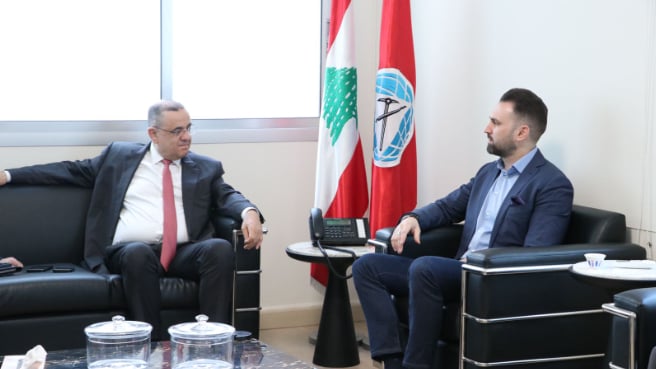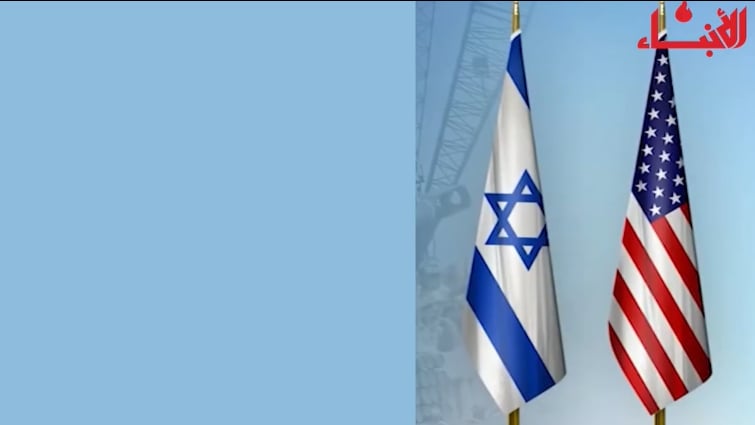A recent tie of the knot was taken to Instagram’s (@political.pen), questioning followers whether they were with or against inter-faith marriages. Elie El Alem, a Christian Maronite, and Fatima Chaaban, a Muslim Shiite, were said to portray “a spirit of acceptance and national unity in Lebanon”. Several comments included the following term: mutual coexistence (العيش المشترك or التعايش). Some supported inter-faith marriage, others argued against it, and many pointed out their tolerance of mutual coexistence, but stood against inter-faith marriage. So, what does “mutual coexistence” mean to Lebanon?
It is no secret that predominantly sectarian Lebanon lies in a sour world heavily influenced by religion. Through customary Lebanese Law, the president is thought to must be a Christian Maronite, the prime minister be a Sunni Muslim, and the parliament speaker be a Shia Muslim, forming what is called a “troika”. However, it is necessary to note that the words “Maronite”, “Sunni” or “Shia” do not exist in the Lebanese constitution. In fact, the words Christian and Muslim are only mentioned four times — twice in Article 24 and another two times in Article 95, in which both emphasize on fair and equal representation of Christians and Muslims in the Chamber of Deputies.
Article 95 of the Lebanese constitution states that the elected Chamber of Deputies has a role in abolishing political confessionalism (which is mixing politics and religion). A National Committee shall then be formed to discuss the abolition of confessionalism to be proposed to the Chamber of Deputies and the Council of Ministers. During this time, confessional representation in public service jobs in the judiciary, in the military and security institutions, and in public and mixed agencies shall be cancelled. They are then replaced by the principle of expertise, meritorcracy, and competence. No particular job will be reserved for any sectarian group.
The Taif Agreement, finalized in 1989, identified the abolition of political sectarianism as a priority, but no solid timeframe was given for this goal to be accomplished. Soon enough, political redistribution was incorporated into the Lebanese Constitution accordingly. This constitutionally forced upon the people the ideology of mutual coexistence and fearing the threat of war, permitting and normalising political sectarianism, while creating arguable “false optimism” among the people by promising a non-sectarian future that can only be attainable through a sectarian present. This created a huge advantage for the pro-sectarian government and authority that aims to maintain the distributed power among sectarian groups.
The term “mutual coexistence” was then created. It does, however, sound like a very dirty, derogatory term. Mutual coexistence. As though one of certain religious beliefs is forced to tolerate coexisting with another of different religious beliefs. The comment made on that Instagram post, “with mutual coexistence but against inter-faith marriage”, clearly proves the “forced” acceptance of mutual coexistence. It is a term created to maintain peace and avoid the threat of war. It is the leverage used by the sectarian government to keep those in power still in power (notably, for the past 30+ years).
Many defined lines exist between different sects in the Lebanese demographic. And as the years went by, those lines gradually thickened, unraveled and prioritised a bitter sect-based unity amidst so-called national unity, and made something as simple as inter-faith marriage an accomplishment in Lebanese society.
Due to its incorporation in the Lebanese constitution, the Taif Accord is deemed ineffective and is frequently (and openly) violated. George Aoun, mayor of Hadath, has implemented a law forbidding Muslims from renting or buying property in Hadath, as it is a “Christian village that must be reserved in the name of coexistence”. This does, however, pose an issue for non-Christian students that wish to attend the only public university, Lebanese University, in Hadath, as well as Syrian refugees, who are not granted jobs in Hadath in order to “preserve Christian identity”. The law was denounced by former Minister of Interior, Raya Hassan, yet the initiative of George Aoun’s “Mulsim ban” violates the Lebanese Constitution and thus also the Taif Agreement, which state that Lebanese territory is free to all Lebanese. It is strange, however, what those in power do to avoid the disruption of coexistence, all while creating a greater division among the Lebanese people —which is, in fact, in the Lebanese Constitution: “There shall be no constitutional legitimacy for any authority which contradicts the pact of mutual existence”.
The Lebanese uprisings addresses the violations of the Constitution and the Taif Agreement in all their forms. The entire framework and basic essence of the Lebanese government thrives on false promises and loopholes in the system. It permits those in power to guarantee a large number of votes from their own sects during elections. This is all a result of the “mutual coexistence” ideology that has been embedded in Lebanese society.
The term mutual coexistence must be erased from Lebanese ideology. It must cease to exist if Lebanon were to make any progressive steps towards a non-sectarian future.





